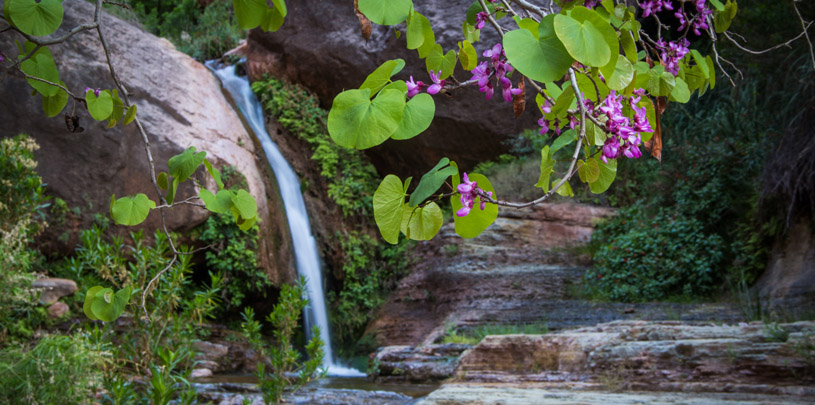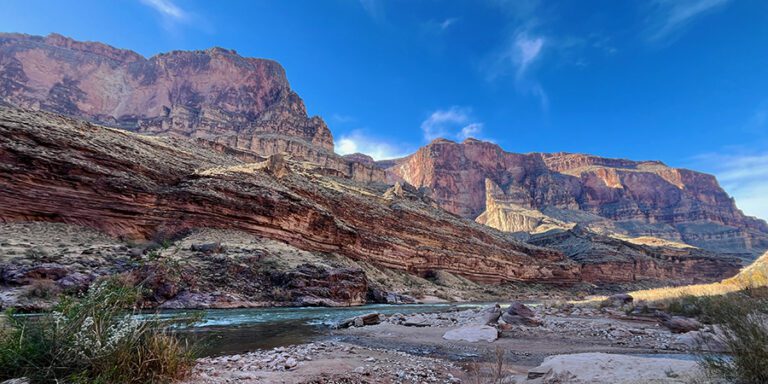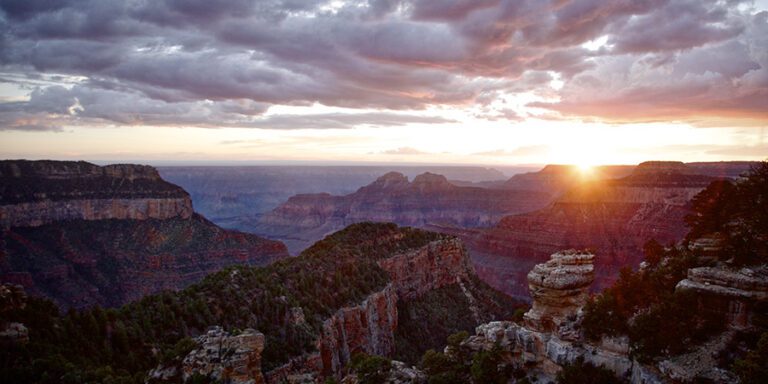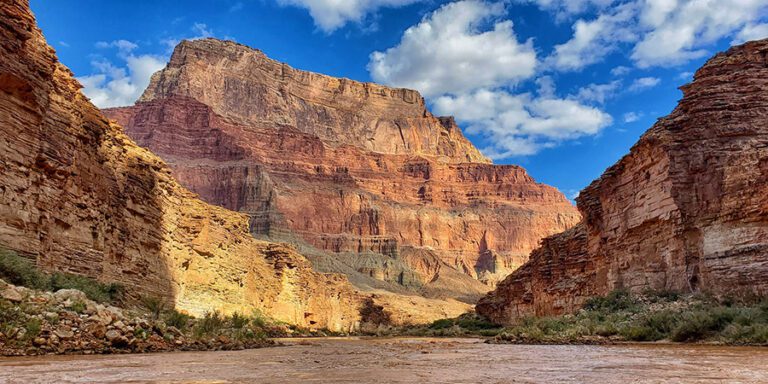
Springs are the lifeblood of the forests, canyons, and communities of the arid Southwest.
Springs — where groundwater bubbles up to the Earth’s surface — are some of the most unique and important environments in the arid Southwest. They are also some of the most threatened. Springs and the wetland habitats they support are vulnerable to overuse and degradation, and a warming climate amplifies the stresses on these environments.
Yet springs are the lifeblood of the Colorado Plateau’s forests, canyons, and communities. Protecting the health of springs is vital in our increasingly water-scarce lands.
Here are five facts about springs in the Southwest.
1. Springs are vital waters in the Southwest
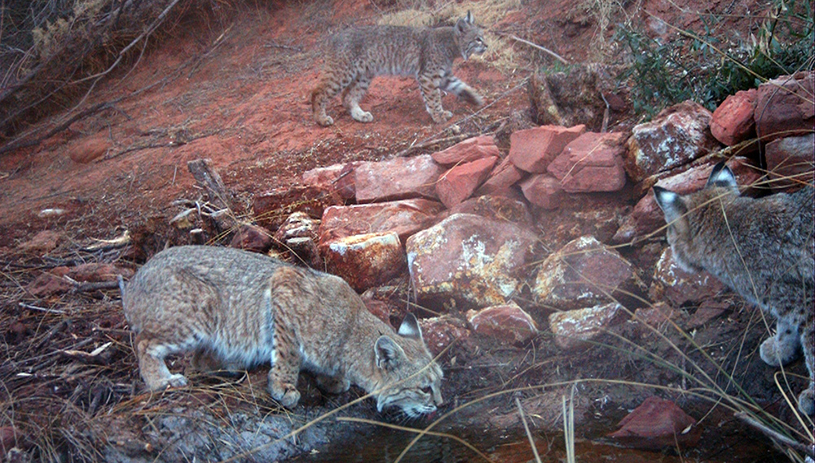
There are more than 11,500 springs across the Colorado Plateau with close to 750 in Grand Canyon National Park alone. Across the plateau, springs are often the only source of water for miles. Humans have been connected to springs for millennia. Many springs in the Southwest have deep social and cultural significance and are sacred to Native peoples. Springs also contribute essential farming and drinking water resources, form headwaters of flowing streams, and provide watering holes for migrating animals.
Learn about Grand Canyon seeps and springs
2. Springs are “biodiversity hotspots”
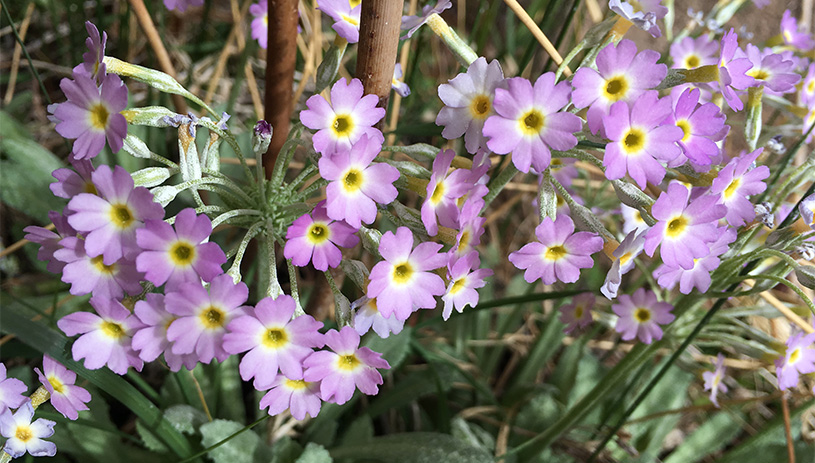
Though springs cover small areas, they sustain a disproportionately large number of species. As “biodiversity hotspots,” springs provide habitats for a wide variety of plants and animals — some of which may occur nowhere else in the world. They can be permanent homes for tiny springsnails and oases for wider-ranging animals like bobcats and desert bighorn sheep. As climate change alters where and how plants and animals can thrive, healthy springs serve as important refuges.
3. Springs are threatened
From groundwater pumping, to mining, to livestock grazing, we place huge demands on our springs. Here’s what springs are facing on the Colorado Plateau:
- Overuse — As more straws dip into Southwest water supplies, spring flows are strained. Wells, groundwater pumping, and diversions reduce spring flows and can deplete wetlands entirely. Development proposals, like the Tusayan mega-resort, can come with an unquenchable thirst.
- Drought — As snowpack melts earlier and rainstorms are more sporadic and intense, less moisture seeps into the ground to replenish groundwater.
- Contamination — Drilling or mining can irrevocably contaminate groundwater. Right now, uranium mining threatens Grand Canyon seeps and springs, including important waters for the Havasupai Tribe.
- Overgrazing — Livestock, elk, and bison that aren’t managed appropriately can erode soils, trample sensitive habitats, mow down wetland plants, and impair water quality.
- Invasive species — Species not native to the Southwest have been introduced and spread by humans. Invasive tamarisk trees have crowded out native willows, while American bullfrogs have decimated northern leopard frog populations.
4. Healthy lands depend on healthy springs
Springs and wetlands are barometers for the health of the broader landscape. Forests, canyons, and other lands with healthy springs are more likely to be resilient to warmer, drier conditions. Despite the small area they cover, springs have an outsized, positive influence on surrounding areas and the plants and animals that rely on them.
5. Springs need greater protections

The majority of documented Colorado Plateau springs are on public lands. We’re working with land managers to understand threats to springs and wetland habitats on public lands and advocate for greater protections. We work with volunteers to assess the conditions of springs and identify needs, and we team up with land managers, experts, and other stewards to restore habitats. There’s still much work to do.

